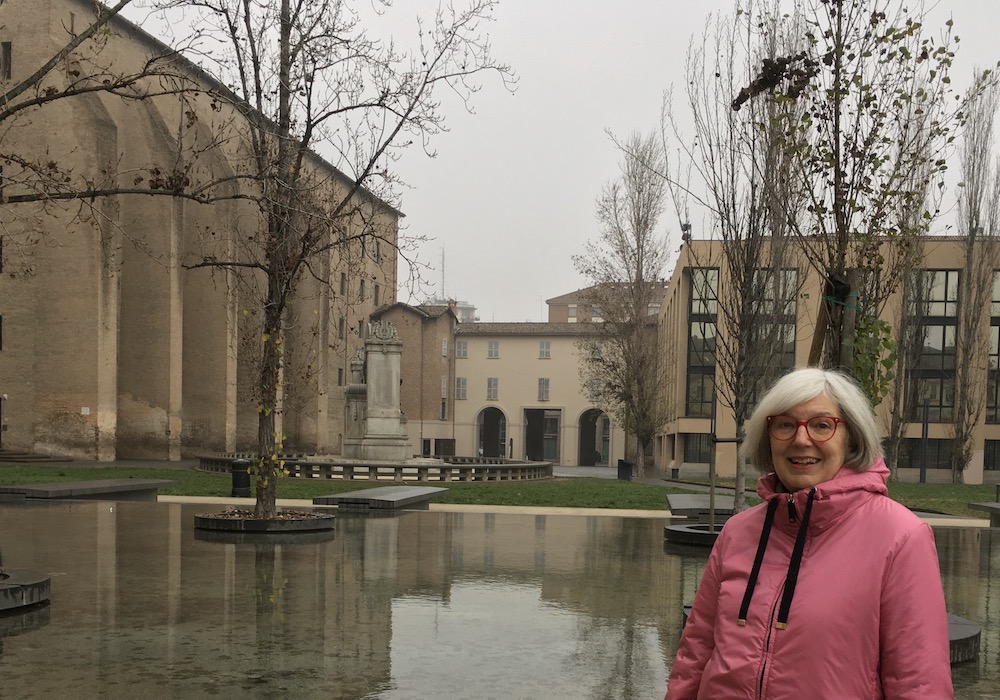Special City Series/Copenhagen, Denmark 2015
If each city is like a game of chess, the day when I have learned the rules, I shall finally possess my empire, even if I shall never succeed in knowing all the cities it contains.
—Italo Calvino, Invisible Cities
Can you describe the mood of Copenhagen as you feel/see it?
Copenhagen is in many ways a very self-satisfied city, but it also has a lot to be satisfied about. Each neighborhood is very distinct, and the people living there have strong opinions on what represents the good life. In one area elegant is cool, in another it gives you absolutely no street credibility. In one neighborhood, people ignore the ban on smoking in bars, in another you can`t even smoke in the street without raising eyebrows. The water is close everywhere, which gives a special light and raises the spirit even for the downtrodden or stuck up. Basically, it`s a lot like New York in the seventies. You can do anything and say anything, as long as you keep moving, baby.
What is your most heartbreaking memory in this city?
In February 1986, I took my five-year-old by the hand and brought him to a march in memory of one of my heroes, Swedish Prime Minister Olof Palme, who was gunned down outside a movie theater—which was still an unsolved murder a few days earlier. I hoped that my son would be old enough to remember, and he still does. He recalls the frost under our feet, the quiet, the tears and the torches. We are short of heroes.
What is the most extraordinary detail, one that goes unnoticed by most, of the city?
I can`t say that it goes unnoticed . . . but as soon as the sun is out, people come out and sit in any free space they can find. We are a city of sun-lovers trapped in a not-so-sunny place.
What writer(s) from here should we read?
The young poet Yahya Hassan, who was born to Palestinian parents in Denmark. His poems expose the hypocrisy and lies he grew up with, and has torn the veil from people`s eyes, both in the immigrant and Danish communities. Some love his work, some hate it, but an awful lot of people read it.
Is there a place here you return to often?
I enjoy taking a walk in Assistens Cemetery, in the old working-class district of Nørrebro. It is a several-hundred-years-old cemetery, and still functions as such, but is also used as a much loved local park. Luminaries such as Hans Christian Andersen and Søren Kierkegaard are buried there, and judging from the crowd on summer evenings, quite a few new Danes are being conceived there.
Is there an iconic literary place we should know?
Between Parliament and the Royal Library is a small garden unknown to practically everyone except students and politicians. It is adorned with statues of great Danish writers, like the aforementioned Kirkegaard, and on the benches—apart form serious students—one can very often find MPs from opposite parties having illicit conversations, that none must know about. Sinister plots are hatched here.
Are there hidden cities within this city that have intrigued or seduced you?
The city is undergoing such enormous changes, everywhere old is being torn down to make way for new. Or meadows and fields disappear and become new shiny neighborhoods of chrome, glass and steel, on canals where each apartment has its own dock. It`s OK. A city should change. But I sometimes sneak in a quiet walk in one of the old districts where people are still blissfully unfashionable.
Where does passion live here?
Danes do not refer to passion. Which is not to say that we are not passionate. Or compassionate.
Inspired by Levi, “Outside Copenhagen does an outside exist?”
Being from a tiny nation—albeit to some degree an international city—one is painfully and joyfully aware that an outside Copenhagen most certainly exists.
Lone Kühlmann is a writer, columnist, and very popular public speaker. She is the author of fourteen books on various subjects, among them the bestsellers Lev Selv (Live Your Own Life) and Vi bliver ikke yngre—fat det! (We Are Not Getting Any Younger—Face It!). Her first book was on the armaments race, and her latest is a memoir. She is a graduate of the Danish School of Journalism and The Graduate School of Journalism, Columbia University in New York. She worked for eighteen years for Danish Broadcasting TV as a news reporter, foreign news correspondent, editor, and anchor. She later served five years as chairman of the board of the second national television company, TV2/DK.
All photographs of Copenhagen in the Special City Series/Copenhagen, Denmark 2015, running January through February 2015, are by the Danish photographer Mathias Olander. His work explores the urban outskirts of the Danish capital. See more: Instagram: fagrenyeverden











